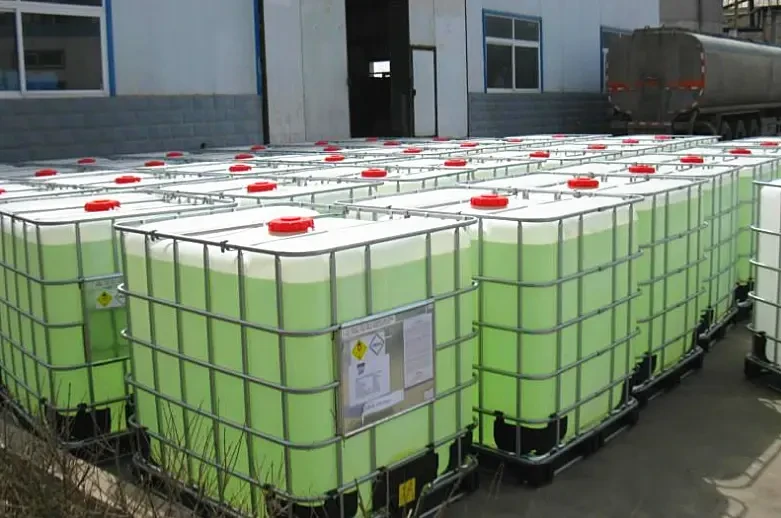Understanding Anionic PAM Applications and Benefits
Polyacrylamide (PAM) is a versatile synthetic polymer that is widely used in various industries for its excellent water-solubility and ability to improve soil and water quality. Among its many forms, anionic polyacrylamide (anionic PAM) has gained significant attention due to its unique properties and extensive applications. This article explores the characteristics, applications, and benefits of anionic PAM, shedding light on why it is a favored choice in several sectors.
What is Anionic PAM?
Anionic polyacrylamide is a type of polyacrylamide that carries a negative charge. This charge is due to the presence of carboxylate groups in its molecular structure, which enhance its ability to interact with positively charged particles in water. Anionic PAM typically comes as a white granular powder or a viscous liquid and is soluble in water, making it easy to incorporate into various processes.
Key Applications in Agriculture
One of the most prominent applications of anionic PAM is in agriculture. It is primarily used for soil erosion control, water retention, and enhancing soil structure. Here’s how it contributes
1. Soil Erosion Control Anionic PAM acts as a flocculant, helping to aggregate soil particles and reduce erosion caused by wind and water. By stabilizing soil, it prevents the loss of topsoil, which is essential for healthy crop growth.
2. Water Retention The incorporation of anionic PAM into soil can significantly improve its water-holding capacity. This is crucial in arid and semi-arid regions where water scarcity is a common challenge. By retaining moisture, it helps crops to thrive even during drought conditions.
3. Soil Structure Improvement Anionic PAM improves soil structure by promoting aggregation, which enhances aeration and allows for better root penetration. Healthy soil structure contributes to increased nutrient absorption, leading to improved crop yields.
Industrial Uses of Anionic PAM
anionic pam

Anionic PAM is used extensively in various industrial applications as well. Its flocculating properties make it valuable in water treatment processes
1. Water Treatment In municipal and industrial water treatment, anionic PAM aids in the removal of suspended solids and impurities from water. It helps in clarifying wastewater by promoting the clumping of fine particles, making them easier to filter out.
2. Mining Operations The mining industry utilizes anionic PAM to improve the efficiency of ore processing and mineral extraction. By fostering aggregate formation, it enhances the separation of valuable minerals from waste materials.
3. Paper and Pulp Industry Anionic PAM is also employed in the paper industry for improving the retention of fibers and fillers during the papermaking process. This leads to better product quality and reduces waste.
Environmental Benefits
Using anionic PAM offers several environmental benefits. By controlling soil erosion and improving water retention, it contributes to sustainable agricultural practices. Additionally, its role in wastewater treatment helps reduce the environmental impact of pollutants, making it an instrumental agent in protecting water bodies.
Safety and Application Considerations
While anionic PAM is generally considered safe when used appropriately, it is important to follow recommended guidelines for application to minimize any potential environmental impacts. It is essential to ensure that it does not enter aquatic systems in high concentrations, as excessive application may disrupt local ecosystems.
Conclusion
Anionic polyacrylamide is a multifaceted polymer that plays a vital role in agriculture and industrial processes. Its ability to enhance soil quality, improve water retention, assist in wastewater treatment, and support mineral processing makes it invaluable in today’s world. As industries and agricultural practices increasingly focus on sustainability, the demand for effective solutions like anionic PAM is expected to rise. Understanding its properties and benefits can help users harness its potential, leading to improved outcomes for both the environment and productivity.

